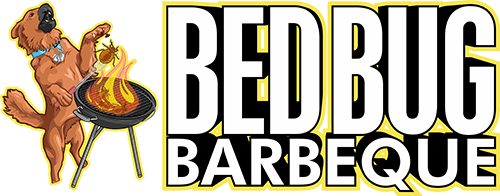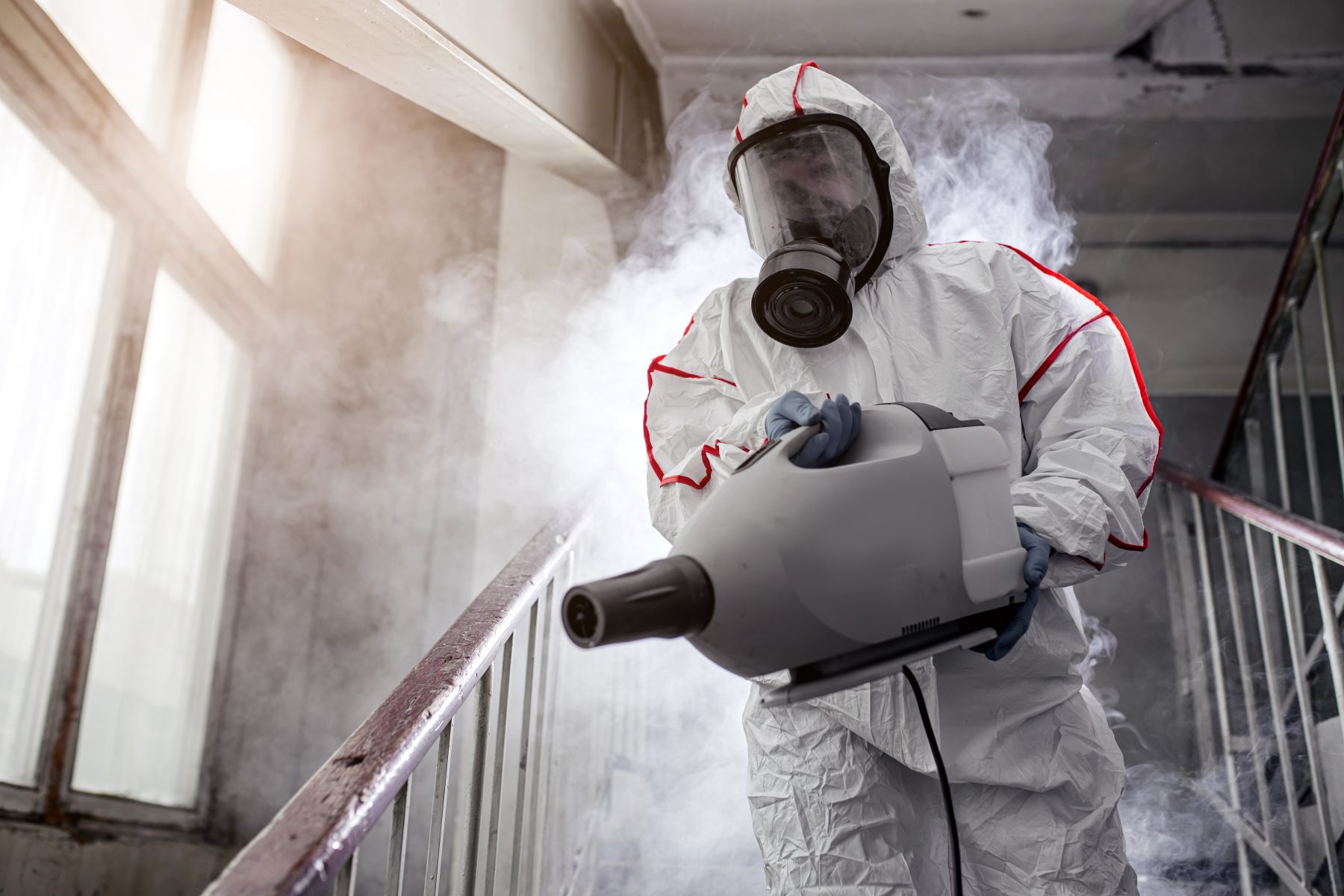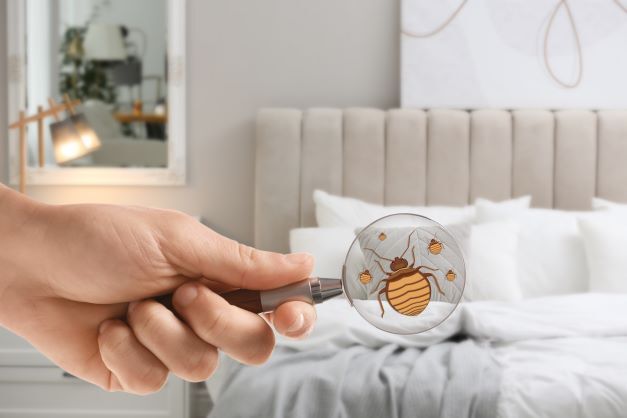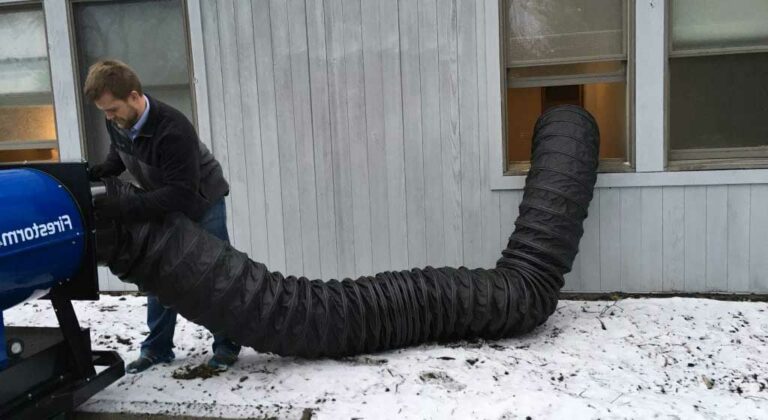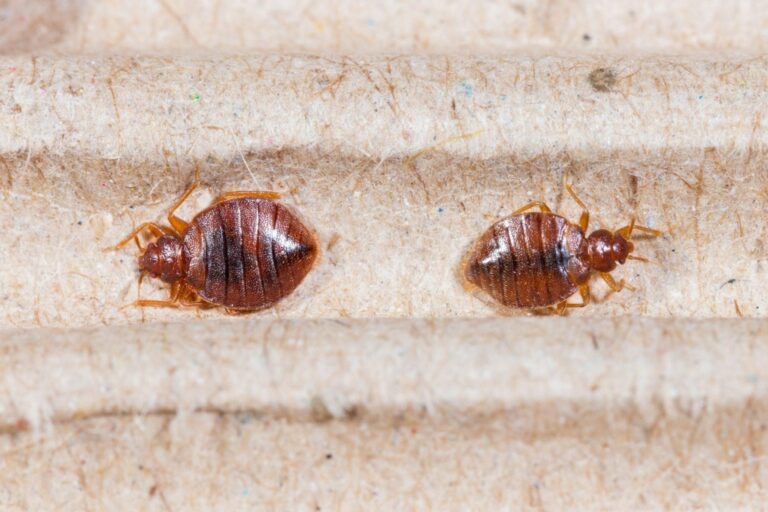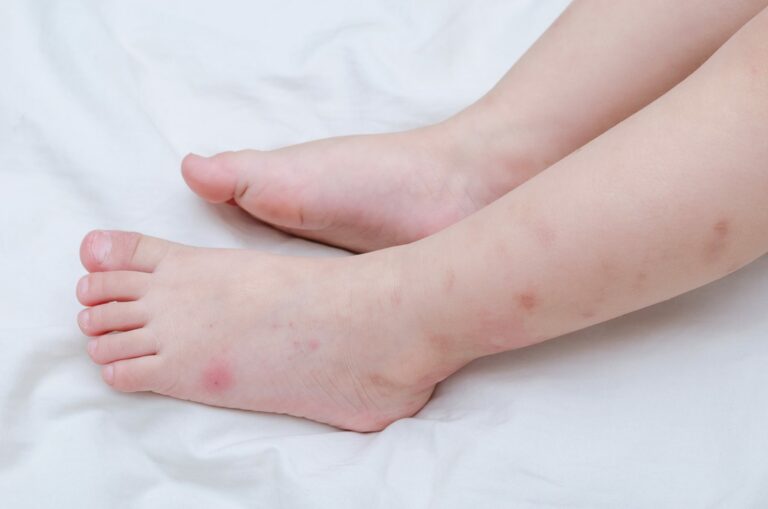Problems with Chemical Bed Bug Treatments
A bed bug infestation is unfortunately a common problem that can happen to anyone. However, with it being so common, there are plenty of options for bed bug treatments that you can choose from to fit your situation. One of the go-to solutions over the years has been a chemical bed bug treatment to exterminate the pests. Yet, over the years, different problems have been found to be associated with chemical bed bug treatments.
Chemical Bed Bug Treatments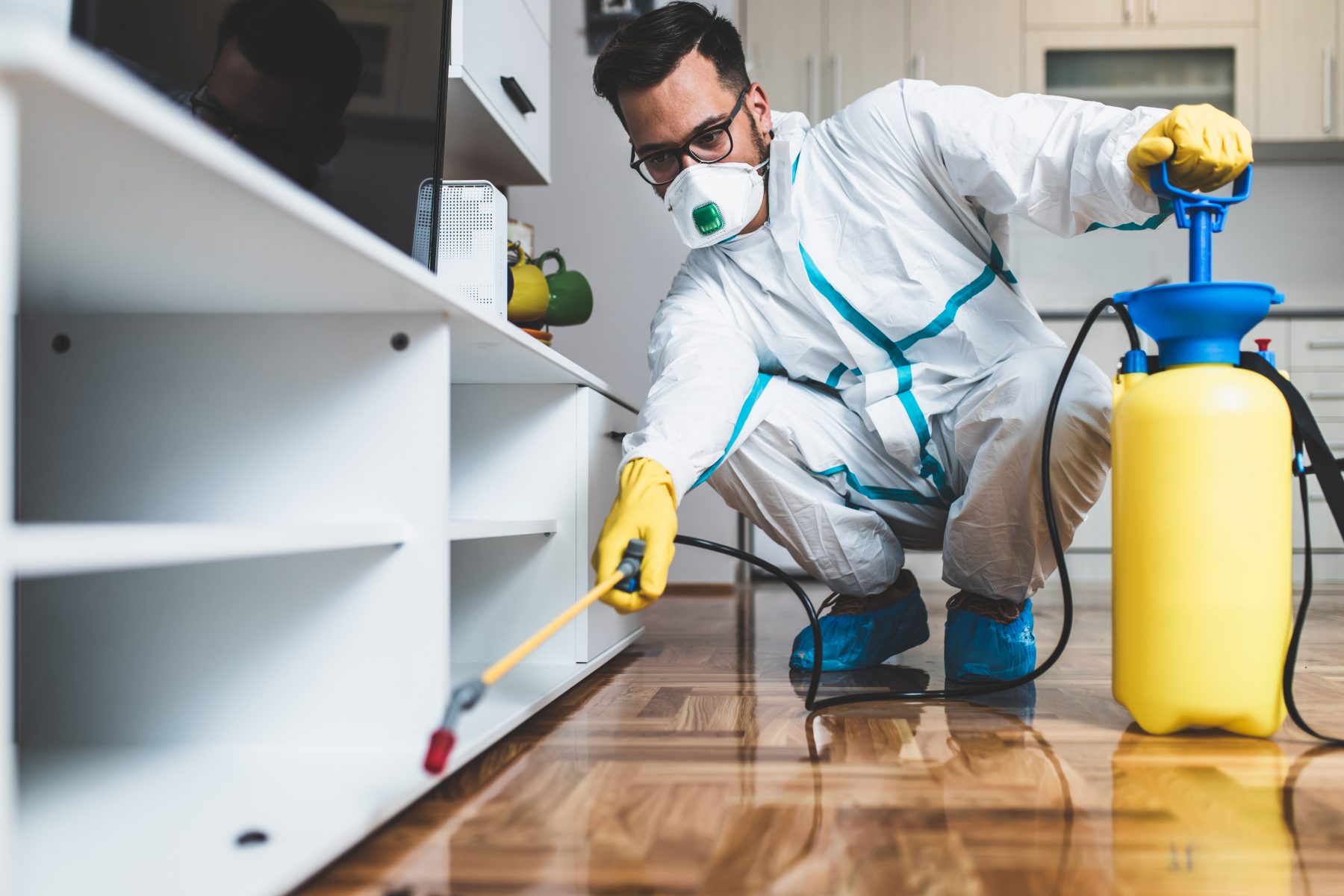
Chemical bed bug treatments often use three steps of chemicals to address a bed bug infestation. Exterminators often begin with a contact chemical that will extinguish bed bugs out in the open. Since the bugs need to be in direct contact with the chemical, any that are hiding will be more difficult to reach. The second step for chemical treatments is laying down a long-lasting chemical to kill any remaining bed bugs that might have been hiding during the initial chemical spray. As bed bugs come out of hiding to feed, they will come into contact with this chemical. The third chemical step is laying down dust that will cover and coat small cracks and crevices where more bed bugs might be hiding, or might enter your home from outside. This will also come into contact with eggs and nymphs that may hatch after the initial chemical spray.
Chemical Treatment Problems
Chemical bed bug treatments can be very effective, especially for new or fresh infestations. As long as the chemicals can reach the bugs, they are sure to exterminate them. If you’ve got a pesky infestation that’s burrowed deep into cracks or crevices of your home, it may be more difficult for the chemicals to reach them and therefore won’t be as effective if the bugs can avoid the treatment.
Preparation
Chemical bed bug treatments also require a significant amount of preparation. This involves moving objects and furniture in your home so the chemicals can reach the bugs. In some extreme cases, carpet may need to be removed, or the exterminators may need access behind a wall for bed bug treatments.
Residual Chemicals
One of the steps of chemical bed bug treatments is laying down a long-lasting chemical that will continue to exterminate leftover bed bugs after the initial spray of chemicals. This means that this chemical will be present throughout your home, even when you return after the initial spray. If you have small children or pets, it might not be an ideal situation to have a chemical still coating parts of your home.
Multiple Treatments
Not every round of chemical spraying will guarantee a full eradication of bed bugs, which is why multiple treatments and applications are recommended. This can be inconvenient for anyone, and less discrete than alternative options. Again, having small children or pets in your home will make additional chemical bed bug treatments a hassle with the amount of preparation that must be done before spraying.
A Better Option
Instead of traditional chemical treatments, bed bug heat treatments have been found to be wildly successful with minimal preparation. Since the temperature of the entire building changes, no matter where bed bugs are hiding they will be affected. Heat treatment is easy to set up and effective on a large scale. It only requires one session of heat treatment to fully eradicate your bed bug infestation and is less messy than using chemicals. Other than removing temperature-sensitive objects or furniture, heat treatment for bed bugs can begin almost immediately.
Heat Treatment at Bed Bug BBQ
Bed Bug BBQ offers heat treatment for bed bug infestations in Cleveland, Ohio. For more information on our bed bug treatments, visit our website or call (216) 221-1227 today!
